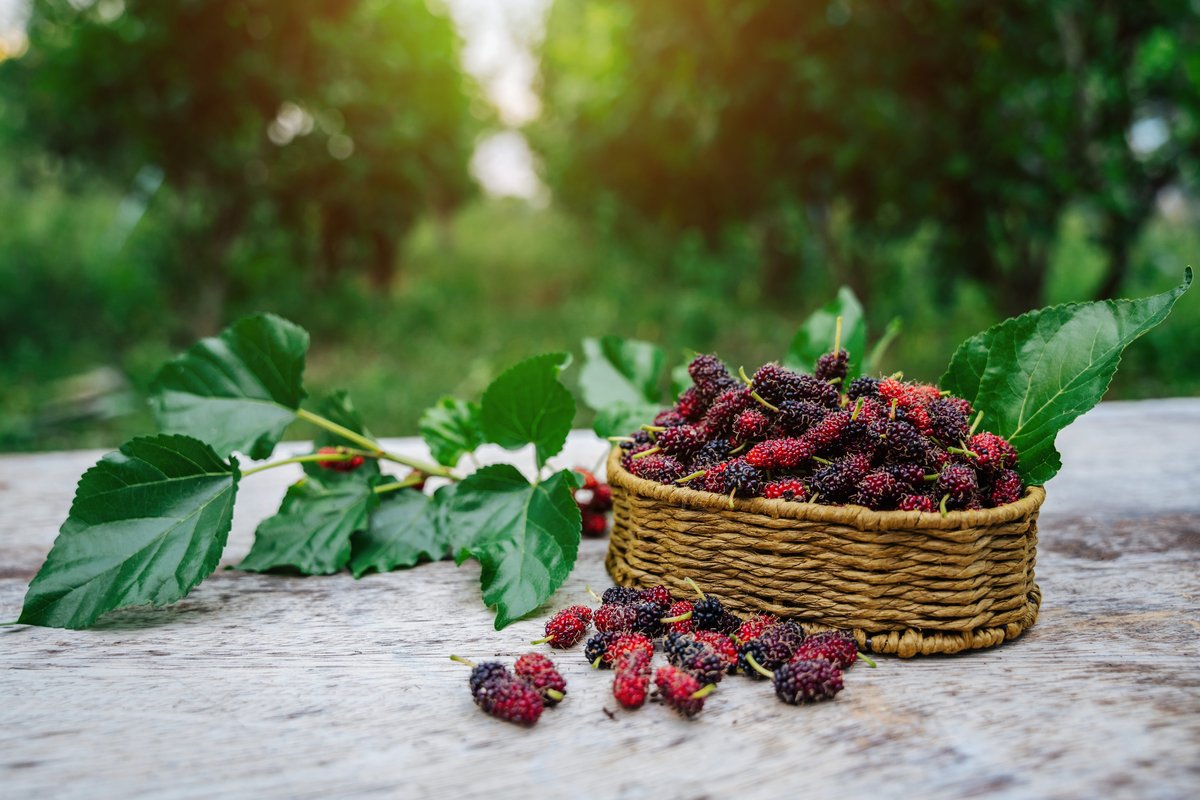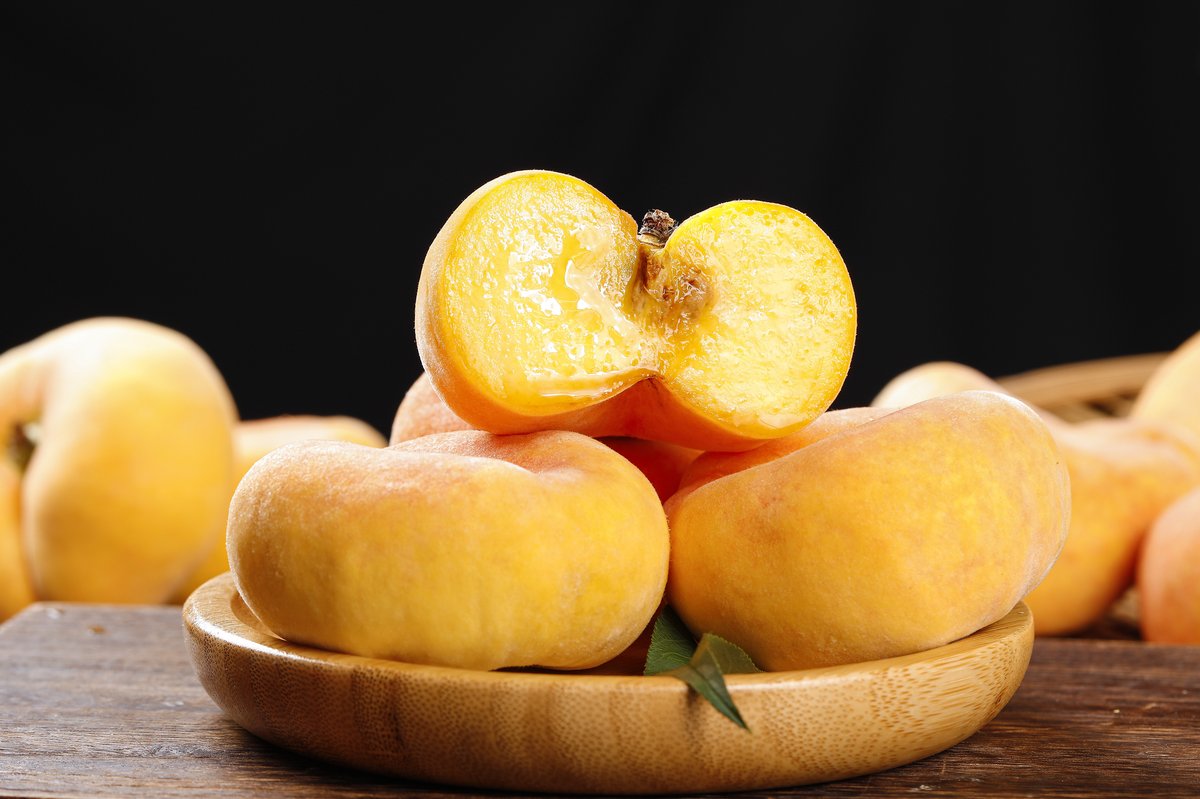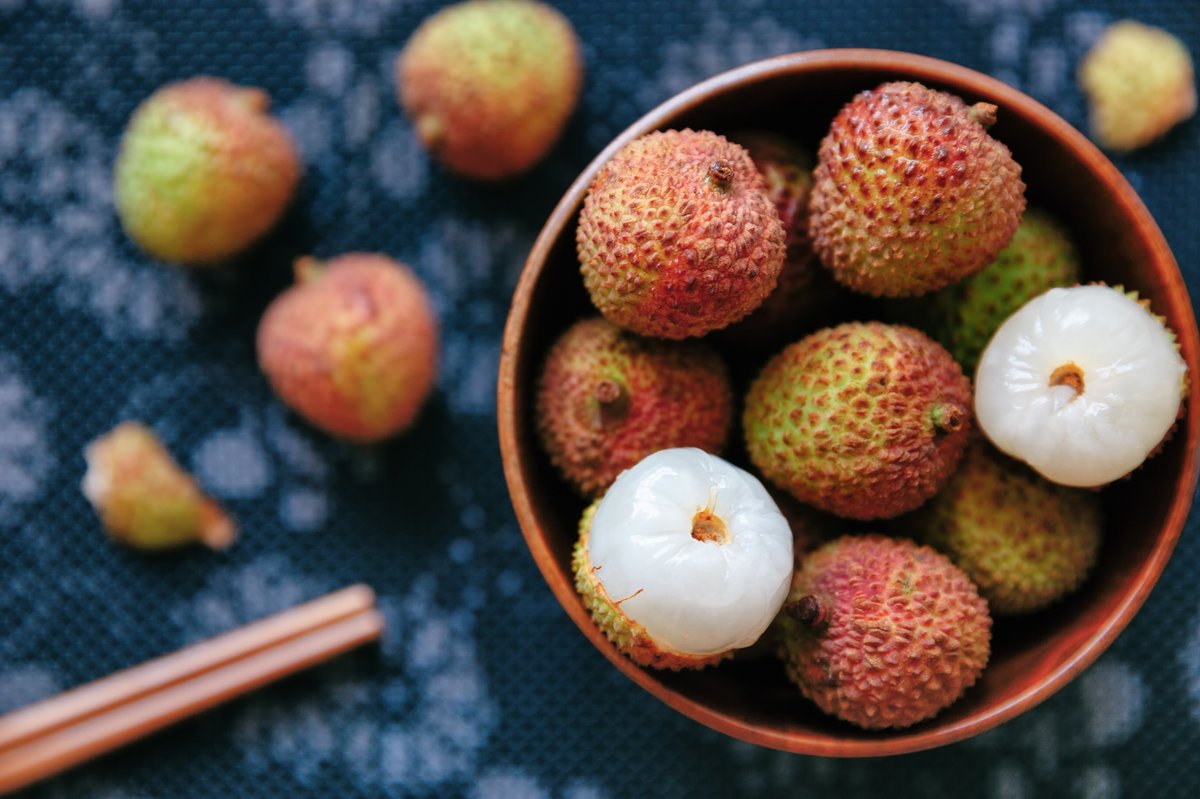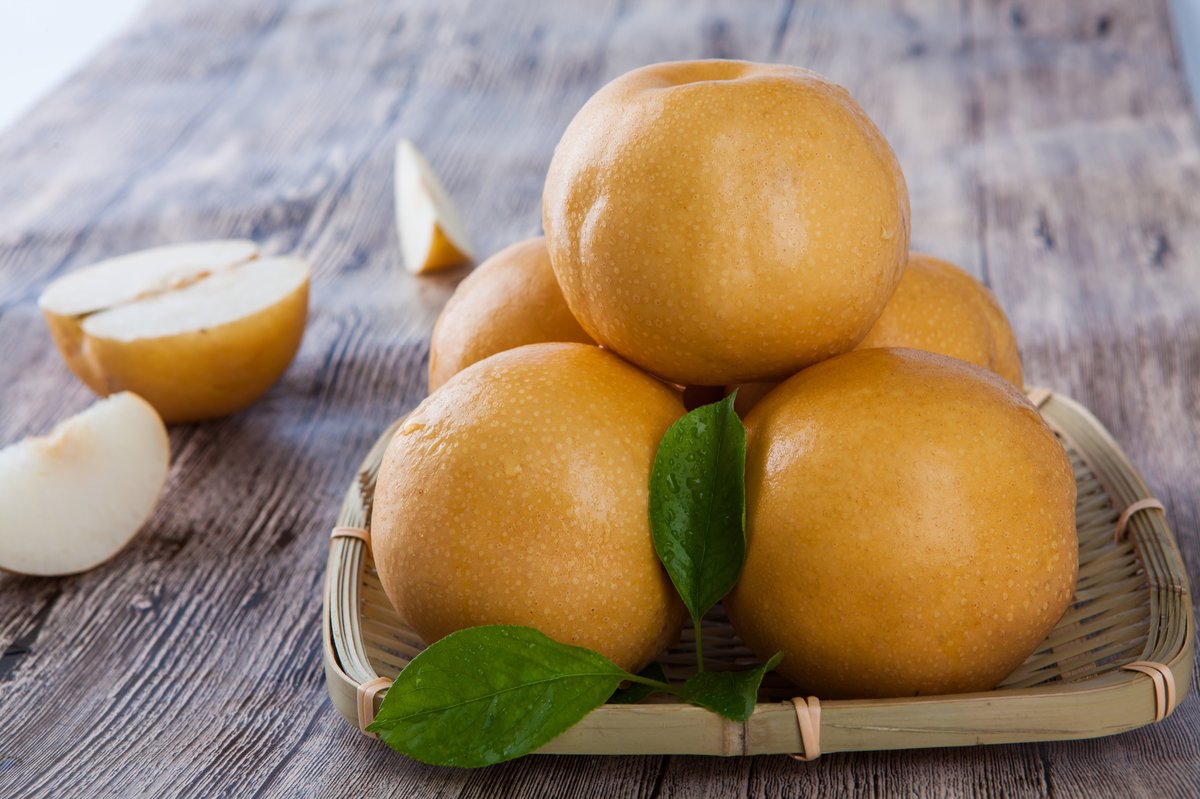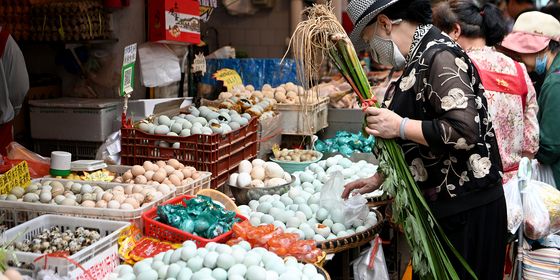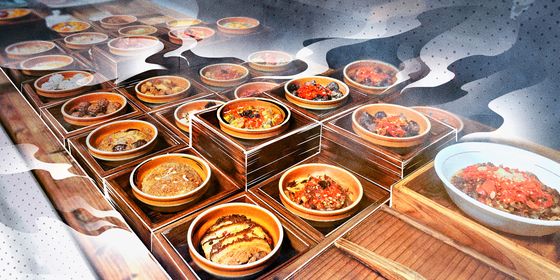How to eat and understand the history of some of China’s culturally significant fruits
In China, fruits are not just part of a healthy diet, they have entered the language as expressions of emotion and values. In Classic of Poetry (《诗经》), China’s earliest existing collection of poetry compiled around the 1st century BCE, a love poem simply titled “Mugua (《木瓜》, Chinese quince)” says “if you throw me a mugua, I would return it with jade.”
Likewise, during the Tang dynasty (618 – 907), women were said to have adored pomegranate so much that even their favorite skirt color was pomegranate red. The vibrant shade apparently represented their freedom and bravery during a time where they had relatively broad scope to engage in activities like archery and horse riding. Today, when a man falls for a woman, he is said to have “fallen under her pomegranate-red skirt (拜倒在石榴裙下 bàidǎo zài shíliúqún xià).”
China’s vast territory provides the climate for all kinds of fruits, including rare and exotic species, and the cultural significance behind them is just as broad. But knowing when and where to find the best fruits requires some specialist knowledge. Our guide introduces the best fruits for each season, and tells the stories of the cultural significance that make each juicy morsel taste all the richer.
Mulberry 桑葚
A Chinese chengyu goes, “The sea turns into mulberry fields (沧海桑田 cānghǎi sāngtián).” While this idiom is used to describe how time brings great changes, it also hints at the long history of mulberry cultivation in China. There is evidence that people in China grew mulberry trees as far back as 7,000 years ago, and the character 桑 (sāng) is found on oracle bone inscriptions from the Shang dynasty (1600 – 1046 BCE). The leaves of mulberry trees are the main food source for silkworms.
When April and May come, it is the time to pick juicy mulberries and let them dye one’s tongue purple. Mulberries are so delicious and mouthwatering that a line in Classic of Poetry warns against getting too greedy: “As turtledoves should not crave mulberries, girls should not indulge in love.”
Amusingly, “among mulberries (桑间)” is an idiom for a secret dating spot. According to Book of Han (《汉书》) compiled in the second century, mulberry groves next to streams were popular spots for lovers’ rendezvous. On spring days, young men and women would go to pick fresh mulberries while singing to catch the attention of their crushes, flirt, and perhaps find love.
The city of Xiajin, on the banks of the Yellow River in Shandong province, is home to many mulberry trees over 500 years old. It is considered the hometown of the mulberry in China. Each May, the city hosts a mulberry festival , with locals and tourists gathering to use long poles to shake the fruits from the trees so they fall into a large sheet beneath. After the harvest, visitors enjoy the fruits of their labor with a glass of mulberry wine under the ancient branches.
Peach 蟠桃
As a native fruit of China, peaches grow mainly along the Yellow River, and even in the orchard of gods, according to legend. In the classic novel Journey to the West (《西游记》), written in the 16th century, the Jade Emperor hosts a peach-eating party in heaven every March. But one year, the mischievous Monkey King, Sun Wukong, attends uninvited and greedily munches on all the peaches before the party has even started. The Emperor sends 100,000 troops to capture Sun and bring him to justice, but he defeats them all—probably because the peaches are said to have the power to make a person “live as long as heaven and earth.”
Since peaches are prized even in heaven, they are believed to have magical powers. In wuxia novels and movies, heroes often fight against evil spirits using swords made from peach wood. Moreover, a peach garden is used as a metaphor for a utopia in Chinese. In the classic novel Romance of the Three Kingdoms (《三国演义》), written in the 14th century, Liu Bei (刘备), the leader of the Shu state in the Three Kingdoms period (220 – 280), and his generals Guan Yu (关羽) and Zhang Fei (张飞), make an oath of brotherhood in a peach grove. The phrase “swear brotherhood in a peach garden (桃园结义 táoyuán jiéyì)” comes from this tale, and means to make a pact of brotherhood.
The peach garden utopia first appeared in the prose “The Peach Blossom Spring” (《桃花源记》) by Tao Yuanming (陶渊明) during the Eastern Jin dynasty (317 – 420). In the story, a fisherman comes upon a blossoming peach forest one day while sailing along a river. At the edge of the forest, he discovers a narrow passageway, which eventually opens up into an idyllic valley of plenty where people have been living free of war and conflict for centuries. After enjoying food and wine from his generous hosts, he leaves the bountiful valley but makes sure to mark the way so he can find it again. However, when he tries to find the peach forest again, he finds that the marks are gone. The man never makes it back to the idyllic spot.
The best time to eat peaches is in July and August, and they are refreshing on a summer day. Fenghua, today a district of Ningbo in Zhejiang province, is well-known for honey peaches (水蜜桃), while Dangshan county in Anhui province is the place for yellow peach (黄桃).
Lychee 荔枝
From May to July, it’s lychee season. The Song dynasty (960 – 1279) poet and foodie Su Dongpo once said that he wished to “become a Lingnan local and eat three hundred lychees a day.” The Lingnan area of southeastern China, which encompasses present-day Guangdong and Hainan provinces and the Guangxi region, are where the best lychees are found.
During the Tang dynasty, a common rumor asserted that Yang Guifei, the Emperor Xuanzong’s favorite concubine, loved lychees so much that she convinced him to send his servants to bring her lychees thousands of miles from southern China to the capital in Chang’an (present day Xi’an). Because lychees can only stay fresh for three days once they leave their branch, the emperor apparently used his best horses (meant to deliver military intelligence) to transport the fruit.
Today, Lingnan is still the place to find lychee culture. Locals dip lychee into soy sauce and enjoy the mix of sweet and sour flavors. At night markets in the south, one can often find a delicious dish consisting of chicken grilled over lychee wood (荔枝柴烤鸡).
Pear 梨子
Pear is a fruit of virtue. In a classic moral story from the second century, the scholar Kong Rong, when he was just 4 years old, let his older and younger bothers take the biggest pears rather than take them for himself. In a modern world that often promotes a “winner takes all” mentality, the tale “Kong Rong Giving up Pears (孔融让梨 Kǒng Róng ràng lí)” is still used to teach children and remind people to act considerately of others.
In traditional Chinese medicine, pears are believed to reduce internal heat or “clear fire (去火).” This makes them the perfect fruit for autumn, as summer “heat” may still linger inside one’s body during this season. There are various novel ways to enjoy pear, from boiling it with wine to slicing it with radish. In the Tang dynasty, people enjoyed stewing pear slowly over the stove while chatting with friends. For more visual appeal, people made a dish called “steamed snow pear (蒸雪梨).” They cut off the top of the pear and hollowed out the inside to create a bowl, added goji berries and sugar, and then put the top back on before steaming.
Pears grow widely in northern China. To enjoy the fruit in the long cold winters, people freeze them in the snow. These frozen pears (冻梨) are a delicious mix of sweetness and refreshment, perfect when relaxing on a toasty kang (heated brick bed) in the cold northeast of the country.







